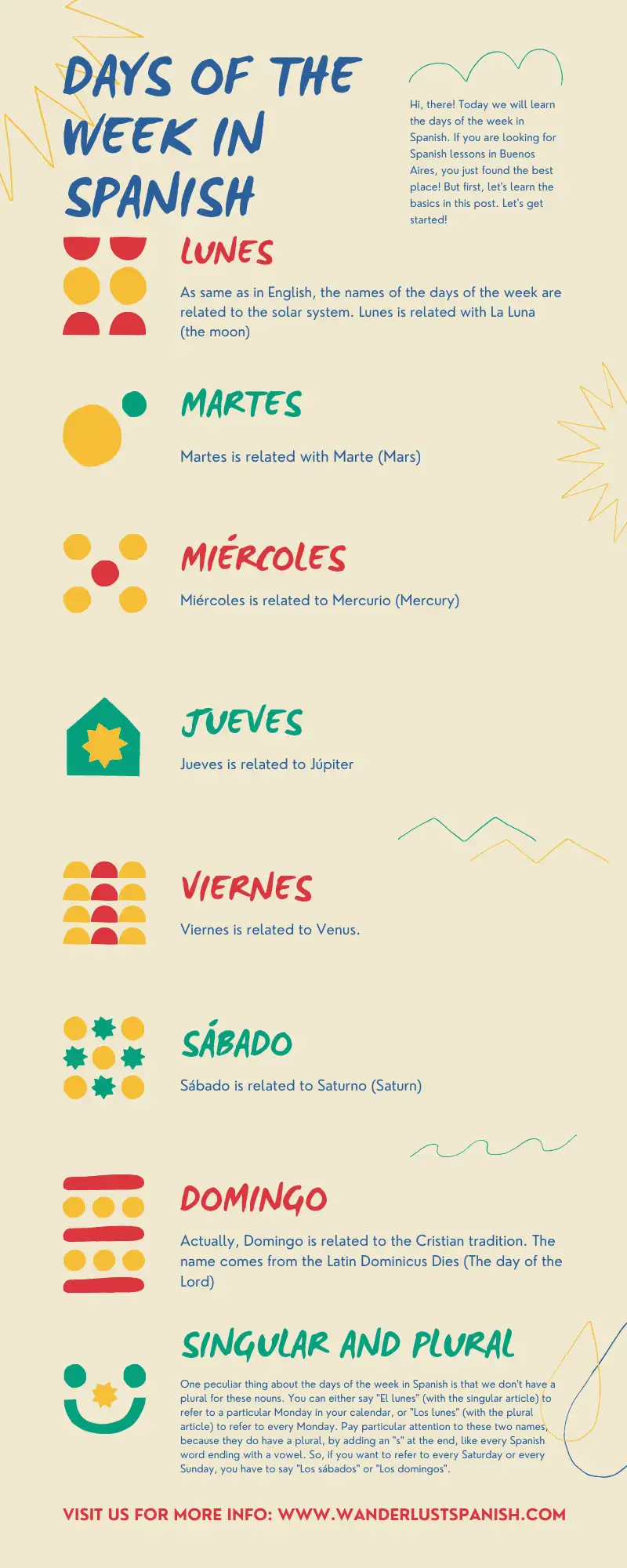Hello, there! Today we are going to learn how to start a conversation in Spanish by saying Good Morning in Spanish. Let’s start to understand what each word in the phrase means. Actually, “Buenos días” (Good Morning in Spanish) doesn’t mean, literally, Good Morning. It means “Good Days”. Therefore, this is the way we say Hi not only in the morning, but you can also use it during the day (but not at night! For that aim, we have “Buenas Noches” (Good Nights, literally).
When to use Good Morning in Spanish?
As we were saying, “Buenos días” doesn’t mean just Good Morning. You can use it during the day, except at night. And, there’s an option: some people just say “Buen día” (singular) instead of “Buenos días”. But, actually, there’s another option: “Buenas Tardes” (Good Afternoons, literally).
So, now you know, you have three options: Buenos días / tardes / noches.
But, when is better to use these greetings? In a formal situation? With friends? At the job? The answer is: always, but depends on the environment. For example, you can say “Buen día” to a friend if you stay over at their house and you just woke up. But it would be strange if you use this greeting when you see them on the street. For jobs, it’s absolutely normal to use this greeting, and you can hear it all the time in stores, offices, and TV Shows!
Time of day matters
So, remember: Spanish day has three parts. Mañana (morning), tarde (afternoon), noche (evening/night). And the greetings are: Buenos Días (or its singular option Buen Día), Buenas Tardes, Buenas Noches.
There’s a very informal option that is just saying: “¡Buenas!”. You can use this with friends or informal situations.
That was all for today! Stay tuned for the next post and keep learning Spanish every day! Contact us for your trial lesson, now!









